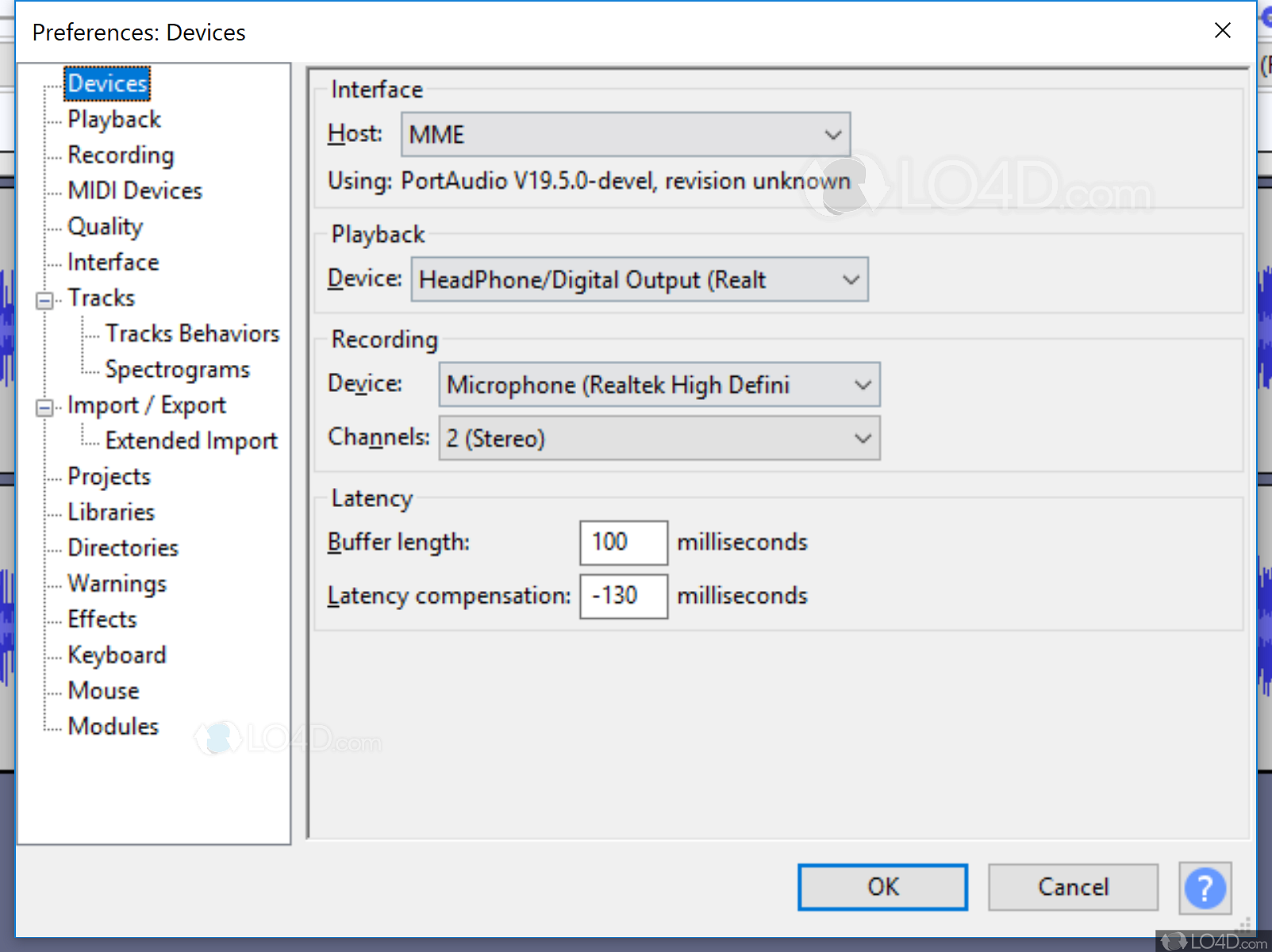
For each key zone you create, make sure the root key is within that key zone, not within another key zone. The new key zone does not yet contain a sample. Right-click anywhere on the NN-19, and choose the Split Key Zone command from the menu that appears. This divides the keyboard in half, creating a new key zone above the existing one.
I tested this thoroughly on 3.0.5 before I logged this. I don’t know why it is considered a regression when there was never any adjustability of the loop region with play in progress before 3.1. The best function to handle looping sounds in Lua is CreateSound. It allows you to play and stop the sound on demand. This is what you can’t do step-by-step, so you’ll have to figure it out on your own. It is always easier for yourself to simply find already looping sounds, or at least sounds that are looped but without looping points.
It is good practice to bring in music and ambient sounds gradually. The goal of mixing is to keep sound effects inconspicuous so as to not distract the listener from the primary narrative. Rather, ambient sounds should support the narrative by adding dimension to the piece, not overpowering it. Organization plays a big part in complex audio productions, and building good practices will make the task of editing much easier. Play with the sliders and click the Preview button to sample a few seconds of your audio to see how it is being affected.
- If you are editing, it does not really matter.
- Think of another wave editor, it is not worth it ….
- But we have to admit that Audacity is also doing a great job in audio editing.
Most people won’t stick around if levels are off, there’s loud noise in the background, or even if there are too many “uums” and “errs”. Sound your best, edit podcast audio in Audacity to produce high-end quality shows with easy to use tools for beginners. Audacity is a free, open source, cross platform audio editing tool. There are many resources and videos on how to use Audacity online so we won’t go into detail here but the following basics will get you started.
Splitting Audio Tracks In Audacity With Labels
To remove the anchor points, drag them to the left or right until they either combine with another set, or are dragged completely off the track. Click other areas of the waveform to place white anchor points. Parts of the waveform that are smaller, will play the sound quieter than parts that are larger. The waveform will shrink in certain areas giving a visual representation of how the sound is being adjusted. The cursor will change into two small white arrows pointing up and down.
Learn More About Audacity
AudioDope includes almost all regular audio processing effects (flanger, phaser, chorus etc.), and processes (e.g. DC offset correction, normalization, and Sound 3D). It also has a collection of built-in tools such as frequency analyzer, and tone generator. AudioDope supports VST plug-ins, and cancreate ringtones from audio files as well. One of the last basic elements of learning how to edit a podcast is adding in the music and sound effects. It’s actually pretty simple to do, though it can be a little intimidating at first. To begin with you will want to create at least one extra track than your voices.
Also, Audacity lets you keep tracks and labels synchronized, allowing you to label http://www.down10.software/download-audacity tracks with selectable sync-lock tracks features. Get these by inputting them directly through microphones, or using prerecorded samples to beef up your final sound composition. When I imported my poetry reading, it was way too soft compared with my music. We can do that by clicking on theEnvelopebutton.
